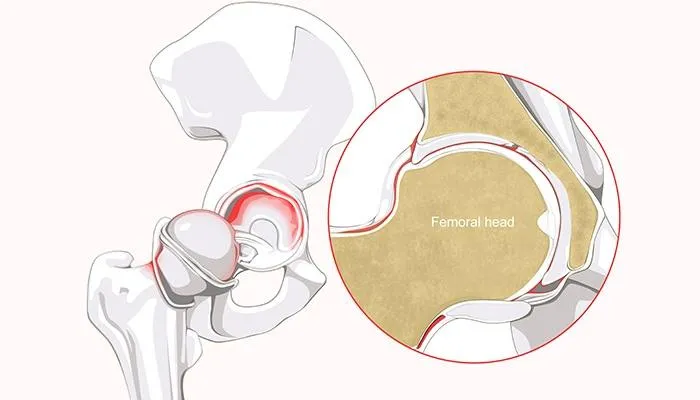What Is a Labral Tear and How Is It Treated?
March 30, 2021
The ball-and-socket joints of the hips and shoulders allow full range of motion. There is a ring of cartilage outside the rim of the hip and shoulder sockets known as the labrum. It is responsible for keeping the ball in the socket and providing painless and smooth movement of the hip or shoulder. When there is damage to the labrum in the hip or shoulder, a labral tear occurs.
When there is damage to the ring of cartilage that surrounds the shoulder socket, it is known as labral tear and it is commonly caused by:
- Trauma, such as a dislocated shoulder or fracture
- Repetitive motion
- Overusea
The joint in the hip is formed by the head of the femur, or the ball, and the acetabulum of the pelvis, or the socket. Labral tears in the hip are commonly caused by an external force to an externally rotated, hyperextended hip.
Athletes who play sports that involve repetitive movement of the hip or shoulder have a higher risk of labral tears. Common examples of such sports include golf, tennis, baseball, etc. A degenerative condition such as osteoarthritis and a traumatic injury are other risk factors of labral tears.
The signs of a labral tear in the shoulder include:
- Pain while performing overhead activities
- Pain at night
- Popping, sticking and grinding in the shoulder socket
- Loss of strength of the shoulder
- Reduced range of motion of the shoulder
The signs of a labral tear in the hip include:
- Pain in the groin or hip
- A feeling of clicking, catching or locking in the hip
- Hip stiffness
- Reduced range of motion in the hip
To diagnose a labral tear, your doctor will ask for a history of your discomfort. Then, the doctor will perform a physical exam to locate the source of pain and evaluate the range of motion of the shoulder or hip. It is not common for hip labral tear to occur by itself as it often caused by injury to other structures within the joint as well. X-rays can be helpful in this regard as it allows visualization of the bone. Doctors use imaging scans to check for structural abnormalities and fractures. In particular, MRI can be used for getting detailed images of the soft tissues of the joint. The doctor may inject contrast material into the joint to make it easier to see the labral tear.
Non-surgical treatment
In most cases, doctors try treating labral tear of the hip or shoulder without surgery first before using surgical procedures for repairing the injury. Non-surgical treatment approach majorly involves rest, the use of anti-inflammatory drugs and physical therapy and rehabilitation.
- Medications: Anti-inflammatory and non-steroidal drugs like ibuprofen can help relieve pain and inflammation. Injecting corticosteroids into the joint can also help temporarily control the pain.
- Therapy: Physical therapy involves performing exercises for maximizing the range of motion of the hip and stability and strength of the core and hip. You will also be advised to avoid movements that may put stress on the concerned joint.
Surgical repair of labral tear
If the non-surgical approach fails to heal the labral tear in the hip or shoulder, you may have to consider arthroscopic surgery to treat the condition.
Shoulder labral tear surgery involves checking the biceps tendon and shoulder socket. Your shoulder is stable if the only socket is affected by the labral tear. If the labral tear detaches from the joint or extends into the bicep tendon, it means your shoulder is unstable. You will have to wear a sling for 3-4 weeks after undergoing arthroscopic shoulder surgery for repairing a labral tear. You may be advised to perform painless light exercises for regaining range of motion and building strength of the shoulder. It can take up to 4 months to completely recover.
Hip arthroscopy is a minimally invasive surgery and it is suited for patients of any age. The procedure involves making small incisions and inserting a tiny camera through it for repairing the labral tear. It has a faster recovery time than open-hip surgery.
NOTICE BOARD
CONTACT US
CONTACT US
 Book Appointment
Book Appointment


.svg)
.svg)
.svg)
.svg)








